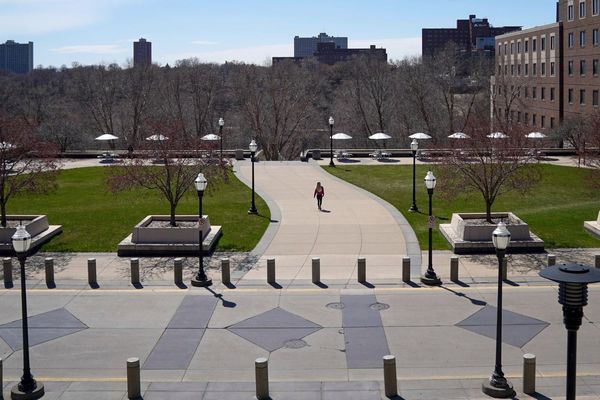
It’s true that one of India’s recent government service delivery success stories is the improvement in the quality and quantity of passport services. Credit goes to both the Modi government and the preceding UPA government that roped in Tata Consultancy Services, TCS, in 2008 for streamlining and managing the processes involved passport issuances.
After missing deadlines, TCS kickstarted the reform in 2012 and had by 2012 set up the 77 passport facilitation centres initially planned across the country. It has also set up a central passport printing facility, and is managing the associated data centres and disaster recovery.
Applicants from smaller towns no longer have to travel all the way to a state capital; they can initiate applications online and the follow-up interviews are done at passport application processing offices closer home – the number of which has gone up from 110 before 2014 to 550 now, as Muraleedharan told the Lok Sabha.
The mandate given to TCS was to minimise face-to-face interface of applicants with officials. TCS was asked to shift the provision of more than 99 per cent of all passport-related services to the internet. For this, the IT giant was involved setting up and managing passport facilitation centres across the country; In many of these centres, such as in Delhi, private staff engaged by TCS manage bulk of the interface with applicants. Such as the issuance of tokens, scrutiny of the application forms, scanning of the documents, and taking photos and biometrics. For which TCS charges applicants a service fee.
Tight performance metrics were written into the agreement for the ₹10 billion, 10-year contract. Passport application complaints received by the call centres have to be resolved and closed in not more than two minutes. A passport applicant spending more than an hour at a passport centre constitutes a breach of the contract. The measure of high performance is an applicant spending less than 30 minutes at a passport centre. Similarly, uploading of documents on the passport application portal must be completed in less than 30 seconds to be categorised as high performance. If it takes more than a minute, that would constitute a breach of the service level agreement. (Although it’s not clear what the penalty is for this slip-ups constituting a breach.)
With the procedures involved streamlined, the time taken for renewals and fresh issuances has shrunk considerably. Forms and payments are now completed and submitted online before the interview at the passport office. From 2014 until May 2022, the government issued a record 8,81,37,068 passports. In 2007, India had just about 23 million passport holders. The average issuance time has reduced from 16 days in 2014 to six days.
Updates via email and phone are provided at every stage of filing and submitting the application, obtaining a time and date for the interview with the passport office and receiving the passport. Scope for errors has been cut down drastically too: Passport seekers vet the digital version of how the passport would look, with all the entries filled out, before it is printed and sent across.
What’s lies behind this success? The passport services cutting red tape successfully in India demonstrates an aspect well understood in behavioural economics. Basically, the passport services have cut the sort of friction that Harvard Professor Cass Sunstein, who co-authored the global bestseller book on behavioural economics, ‘Nudge’, calls ‘sludge’ – the pointless, dreary or duplicative paperwork or waiting time, in person or online, the excessive or unjustified frictions that slows down or halts a behaviour or action and hinders access to goods and services.
Immigration and visa applications are notorious for the quantity of sludge involved and the costs it imposes, especially on those who can least afford it. Other example is the judicial system where high pendency discourages people of limited influence and resources to approach courts for seeking justice.
Sludge Audits, as Professor Sunstein calls them, is a way to identify and catalogue the sources of sludge and estimate the costs imposed. Regular sludge audits can help reduce sludge in delivery of government services.







